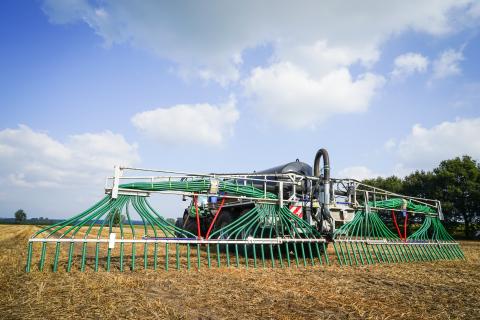Source of information
Separate fields on commercial farms, a series of 30 comparisons over the seasons 1987-8, 1988-9 and 1989-90. Study conducted by ADAS
Approach used
The study measured the N available after spring-sown peas, field beans or autumn sown cereals in eastern England and the subsequent response of winter wheat to fertiliser nitrogen.
Key findings
· Amounts of N removed at harvest by cereals and legumes were variable and not consistently different. In autumn, peas left a mean of 82kg/ha residual mineral N in the soil (0-90cm), beans left 67kg/ha and cereals left 58kg/ha.
· Bean and cereal residues continued to mineralize over winter so that differences between previous crops in soil plus crop N were not statistically significant in the spring.
· Comparisons with other applied N amounts showed 240kg/ha to be adequate for full expression of site yield potential. Mean fertilised wheat yields were 7.7, 9.0 and 8.7 t/ha after cereals, peas and beans respectively.
Practical significance
· Mean yield response to applied N was larger after cereals than after legumes; on average, optimum amounts of applied N were estimated to have differed by 20-25kg/ha, less than has been previously reported, or has been applied in fertiliser recommendations.
· Beans leave less N in the soil than peas. Pea residues equivalent to 20-30kg/ha fertiliser N, compared to 30-60kg/ha N after oilseed rape.
· The results corroborate the need to adjust N applications to wheat after legume crops, compared to those after cereal crops, and support the conclusion that adjustments should be similar after peas and beans, but they indicate that the size of adjustment should be about 25kg/ha rather than 40kg/ha or more.
Remaining knowledge gaps
Conducted on field by field basis rather than in small plot trial, which could be confounded by field differences.
Links for further reading
Full article can be obtained from ADAS, as currently not online.





